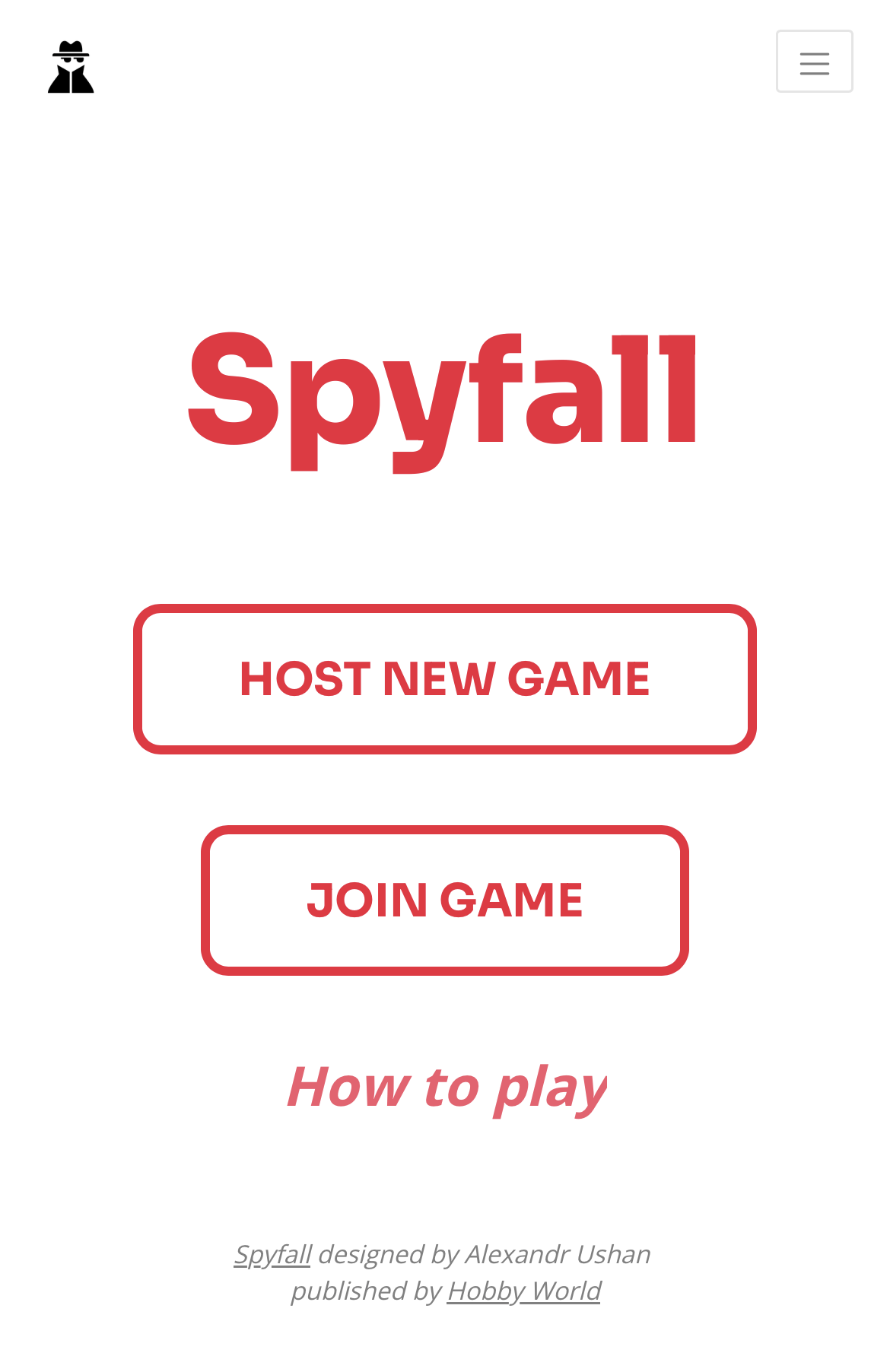This week, I played Spyfall (designed by Alexandr Ushan, published by Hobby World) for the first time with a few of my classmates. While the first round was a bit rocky since we weren’t completely clear with the rules, subsequent rounds fared much better and definitely provided a much better playing experience. On a tangent, I’ve found often that it’s easier to just play a round, and consulting the rules when need be, rather than first reading the rules and trying to conceptualize in which scenarios certain actions may occur. In section, we were shown a graph of social games that ranged from intimate to games that most people would be fine playing with strangers. Given that we essentially did play with strangers (since we didn’t know every other person before the game), I would definitely say that Spyfall falls toward the less private side of the scale. Conceptually, this makes sense as Spyfall doesn’t require the player to actually share any of their state outside of the game. I would argue that this feature of the game actually slightly shifts the target audience to those that are not familiar with each other, as through players’ answers, you are able to learn more about them through tidbits in a context that they are willing to share.
Furthermore, through a few rounds of Spyfall, I was able to grasp some of the formal elements present in its design:
- Players: Unilateral competition. This fits the mold to a T, since it’s a small subset (spy) fighting against a larger group (everyone else)
- Objectives: I would say that the objective is to outwit in both sides of the playerbase. For the spy, it’s clear that to win, the spy must outwit everyone else by pretending/quickly figuring out the location, and for everyone else to outwit the spy such that they can’t outwit everyone else.
- Outcomes: Strictly speaking, Spyfall is a zero-sum game since a winner necessitates a loser. However, I do want to raise a point that it could be considered not zero-sum, since enjoyment could be the true objective and thus when the spy wins, everyone marvels at how sneaky the spy was, or they have laugh at how absurd the spy’s questions seem in the context of the location. Under this definition, the outcome is not zero-sum, as everyone wins no matter the true outcome of the game.
- Rules: We definitely added a few rules to make our game run smoother, but the general gist of the rules is that all players are assigned the same keyword that represents a location except for one, who receives nothing. Starting from the dealer, players choose someone to ask a yes/no question to, who then responds with yes or no. The “askee” then becomes the “asker.” After a time limit is up, players vote at the same time who they think the spy is. If the spy gets a majority, they are voted out and everyone else wins. If not, then the spy wins. At the end, the spy guesses for fun what they thought the location was.
- Procedure: One player is chosen as the dealer, who sets up the lobby and is responsible for choosing a playing time as well as dictating the start of the game. After the time limit is up, the game ends.
- Resources: We needed technology (phones and computers), and understanding of the same language as well as shared definitions of locations. An interesting point to bring up in this section is the fact that resources actually presented a problem for us because we found out that the web app actually was not supported in Safari, excluding a player for one round before we realized that phones worked.
- Boundaries: Our game never left our table, and thus I would consider the extent of the table to be the magic circle.
There are a plethora of games in this social deduction genre, including classics like Mafia, Werewolf, ඞ Among Us ඞ, and the fake artist game we played in class on Tuesday. I would say that the biggest difference between these games are superficial, and like what was written in “What Games Are and Aren’t,” the underlying mechanics are more what players see rather than the different premises that they are set in. For me, I didn’t enjoy it as much as the fake artist game, because I thought that there was more room to laugh and share thoughts with the drawing while in Spyfall, the only people that were talking were those that were asking questions and responding, limiting the amount of spontaneous conversation that we could have. Nonetheless, I enjoyed playing Spyfall and would definitely consider this a fun game, as I tend to enjoy social deduction games. Moreover, like I said above, as this game is suited for strangers, it also fit our situation well, which contributed to its efficacy as a game to bring people together socially.
I think the biggest fails of the game were the technological issues that arose, including players that accidentally leave not being able to rejoin the lobby as well as discrimination against web browsers. However, beyond technical issues, I also see places for improvement for the game. For starter, I would want the game to present more opportunity for capricious interaction, and would probably embrace a more roleplaying angle to the game by altering the rules such that it wasn’t questions but people explaining what they would do in this location through their role. This would preserve the hilarity of the game as everyone else have an incentive to strike a balance between sharing too much or too little detail lest the spy figures out the location or they are labelled sus due to a dearth of details. This would also give a chance for players to interact in this world through storytelling rather than cut and dry questions.




